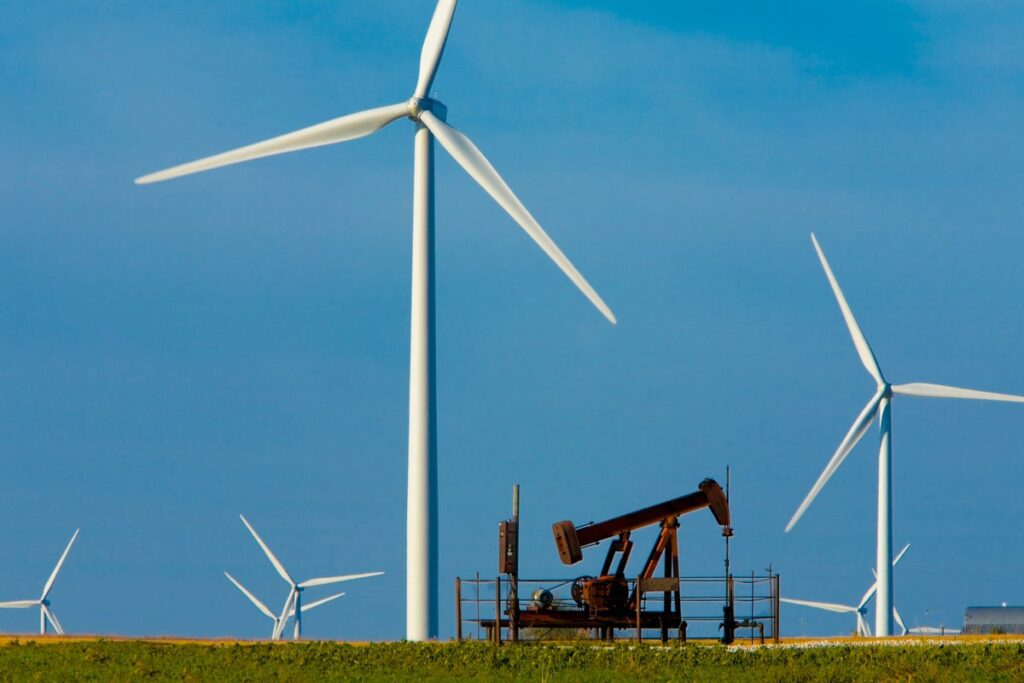Future of America’s Energy Landscape Post-Trump Administration
The energy transition in the United States is expected to experience a slowdown, but it is unlikely to completely halt, even if former President Donald Trump successfully revokes several environmental regulations and reduces green energy subsidies. This projection is supported by recent analyses from the U.S. Energy Information Administration (EIA) and BloombergNEF (BNEF).
Renewable Energy and Electricity Demand Trends
Both EIA and BNEF present forecasts for the future of energy production in the U.S., highlighting a continued rise in renewable energy generations, irrespective of Trump’s deregulatory objectives. They also anticipate an increase in overall electricity demand through 2050, although the EIA specifically notes a decline in total energy consumption as homes and vehicles decrease fossil fuel use.
- Projected increase in U.S. electricity demand by approximately 50% by 2050.
- Growth driven by advancements in artificial intelligence and expanded data center operations.
- Electricity prices forecasted to exceed 20 cents per kilowatt-hour by 2050.
Impact of Policy Changes on Energy Dynamics
Analysis from the EIA suggests that coal, oil, and gasoline consumption may benefit in scenarios where Trump’s policy initiatives take effect. Despite possible lower rates of renewables, the agency forecasts significant spikes in electricity prices as demand increases. For instance, it estimates an 8% rise in electricity demand by 2030, which is more conservative than some predictions from other consultancies.
“Today’s report from EIA reflects the disastrous path for American energy production under the Biden administration,” stated Andrea Woods, spokesperson for the Department of Energy (DOE). “By unleashing energy that is affordable, reliable, and secure, this administration is ensuring America’s future is marked by energy growth and abundance — not scarcity.”
Exploration of Electricity Demand Contributors
The rise in electricity demand correlates significantly with the growth of data centers and AI technologies. EIA forecasts that commercial electricity sales will increase by 20% through 2035, with data centers expected to account for an increasing portion of U.S. electricity demand—projected to be 8.6% by 2035, up from 3.5% in previous years.
Although EIA’s outlook indicates a reduction in fossil fuel consumption over the coming decades, the pace of this transition is contingent on regulatory landscapes. For example, coal generation is expected to drop dramatically, with forecasts suggesting a 98% reduction by 2050 under current regulations.
Renewable Generation Remains Resilient
A significant aspect of the reported outlooks is the anticipated expansion of renewable energy sources regardless of political agendas. EIA projects that renewable energy production will more than triple by 2050, positioning these sources as the leading contributors to power generation by the early 2030s.
BNEF aligns with this optimistic view, pointing toward a “bright” future for U.S. clean power technologies. However, it has slightly downscaled its projections for renewable growth, reflecting concerns about regulatory impacts from Trump’s policies.
- Solar capacity expected to triple by 2035.
- Wind capacity forecasted to double over the next decade.
- U.S. emissions projected to reduce by 16% by 2035, down from the previous estimate of 24%.
Conclusion
The energy landscape in the United States is approaching a critical juncture, influenced by both regulatory changes and technological advancements. While Trump’s potential policy shifts could have considerable implications, the momentum towards renewable energy and the rising demand for electricity suggest a resilient transition is likely, although perhaps at a slower pace.
This comprehensive perspective shows that, while the future of energy policy remains uncertain, innovations and shifts towards cleaner energy sources may continue to thrive against all odds.


